Unveiling the Horrors: Epidemics Worse Than the Coronavirus
17 Apr 2024In the annals of human history, epidemics have cast dark shadows over civilizations, leaving behind trails of devastation and despair. While the world grapples with the ongoing COVID-19 pandemic, it's essential to acknowledge that humanity has faced even more formidable foes in the past. Here, we delve into five epidemics that surpassed the COVID-19 pandemic in their ferocity and impact.
The Black Death: A Medieval Apocalypse
The Black Death, one of the most notorious pandemics in history, swept across Europe in the 14th century, leaving death and desolation in its wake. Originating in Asia, the bubonic plague spread rapidly along trade routes, carried by fleas infesting black rats. The sheer scale of death and devastation wrought by the Black Death is staggering, with estimates suggesting that it wiped out as much as 60% of Europe's population.
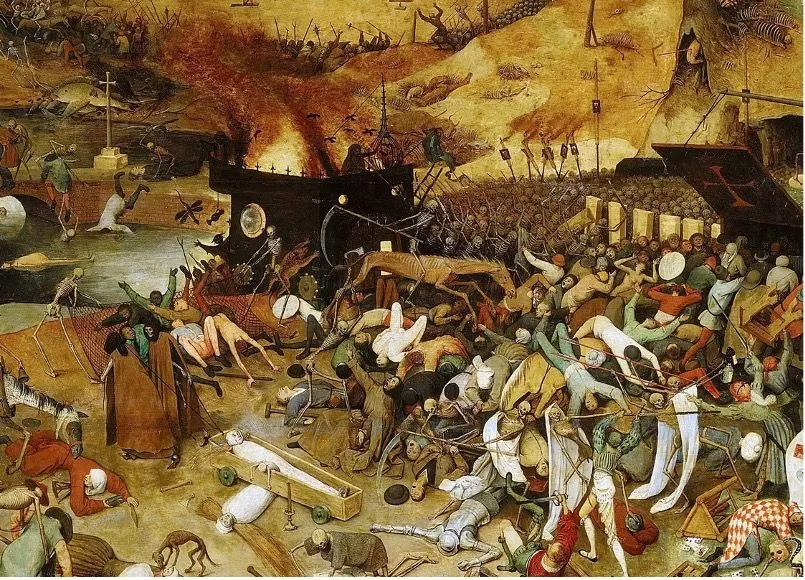 @The Triumph of Death by Pieter Bruegel the Elder. 1562/wikipedia.org
@The Triumph of Death by Pieter Bruegel the Elder. 1562/wikipedia.org
Imagine the horror of witnessing loved ones succumb to agonizing symptoms—fever, swollen lymph nodes, and necrotic skin lesions. Entire communities were decimated, leaving behind ghost towns and haunted landscapes. The Black Death reshaped the course of history, triggering economic collapse, religious fervor, and profound changes in social structures.
The Spanish Flu: A Global Catastrophe
In the aftermath of World War I, another deadly pandemic emerged to haunt humanity—the Spanish Flu. Unlike typical influenza strains that primarily affect the young and elderly, this H1N1 virus targeted healthy adults with alarming virulence. The Spanish Flu spread rapidly across continents, facilitated by the movement of troops and civilians during the war.
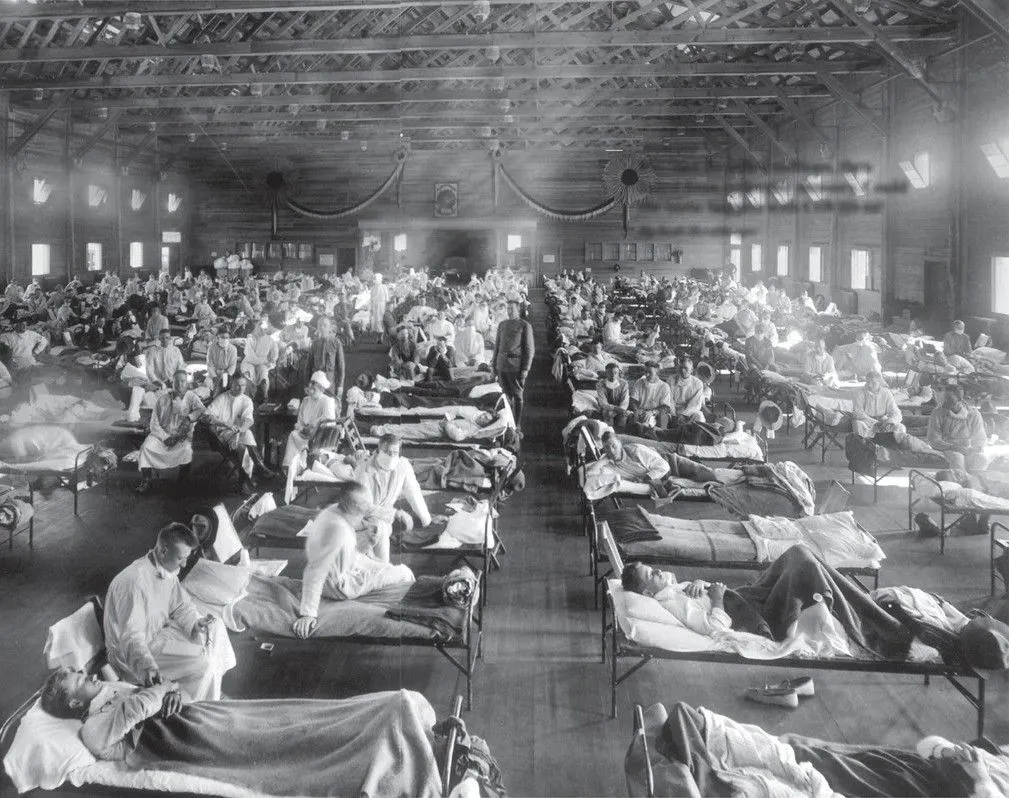
@The 1918 Flu Faded in Our Collective Memory: We Might ‘Forget’ the Coronavirus, Too/scientificamerican.com
The pandemic claimed an estimated 50 to 100 million lives worldwide, far surpassing the casualties of the war itself. Hospitals were overwhelmed, and makeshift morgues overflowed with the dead. The Spanish Flu left an indelible mark on the collective psyche, underscoring the vulnerability of modern civilization in the face of microbial threats.
The Plague of Justinian: An Empire in Crisis
In the sixth century, the Byzantine Empire faced a calamity of biblical proportions — the Plague of Justinian. Named after Emperor Justinian I, the plague surged with alarming speed, due to the escalation of wars against the barbarians and substantial population migration. According to historical records, the emperor was stricken by the plague in 543, but he defied the odds and ultimately recovered from the illness.
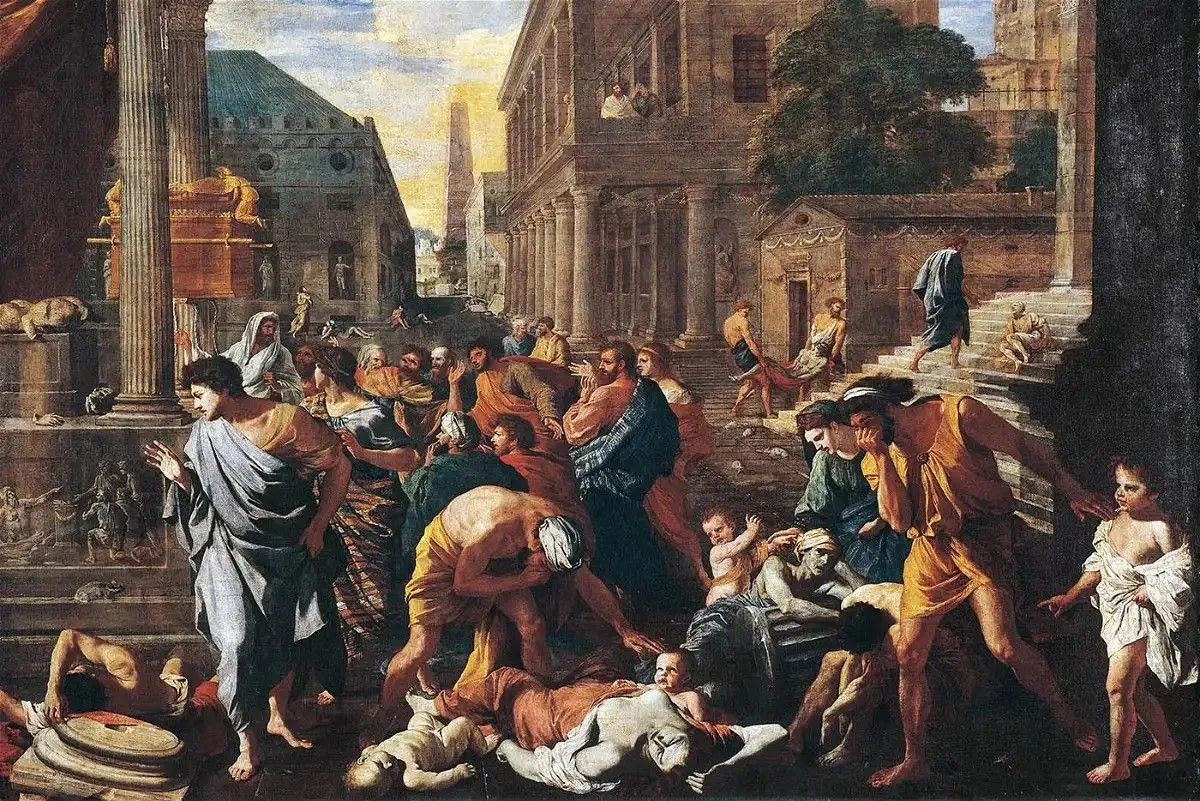 @The Plague at Ashdod by Nicolas Poussin, 1631/thecollector.com
@The Plague at Ashdod by Nicolas Poussin, 1631/thecollector.com
The Plague of Justinian decimated populations across Europe and Asia, claiming an estimated 25 to 50 million lives. Entire regions were depopulated, and agricultural production plummeted, leading to widespread famine and social unrest. The Byzantine Empire, already weakened by wars and internal strife, struggled to cope with the magnitude of the crisis, hastening its decline.
The Third Cholera Pandemic: A Worldwide Menace
Cholera, a waterborne disease caused by the bacterium Vibrio cholerae, has haunted humanity for centuries. The third cholera pandemic, which began in the mid-19th century, stands out as one of the deadliest in recorded history. Originating in the Indian subcontinent, the pandemic spread along trade routes and shipping lanes, reaching every inhabited continent.
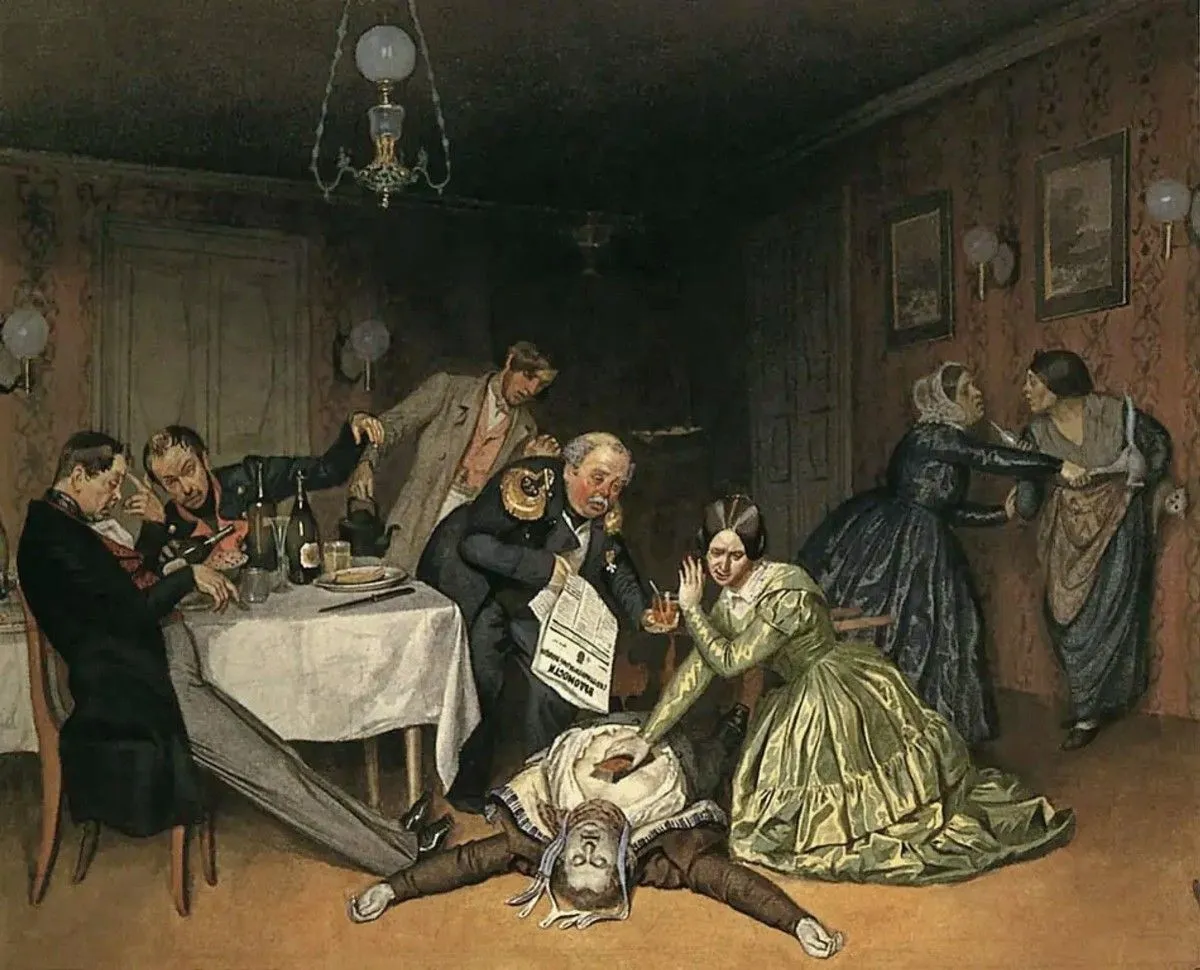 @Pavel Fedotov’s painting shows a death from cholera in the mid-19th century, 1848/arthive.com
@Pavel Fedotov’s painting shows a death from cholera in the mid-19th century, 1848/arthive.com
The relentless spread of cholera claimed millions of lives, particularly in densely populated urban centers with poor sanitation infrastructure. Victims suffered excruciating diarrhea and dehydration, succumbing to the disease within hours. The third cholera pandemic fueled fears of contagion and triggered public health interventions, laying the groundwork for modern sanitation systems and disease surveillance.
The HIV/AIDS Crisis: A Modern Tragedy
In the early 1980s, a mysterious illness emerged, targeting the immune system and leaving a trail of devastation in its wake—the HIV/AIDS pandemic. Initially shrouded in stigma and misinformation, HIV/AIDS spread rapidly, particularly among marginalized communities and vulnerable populations.
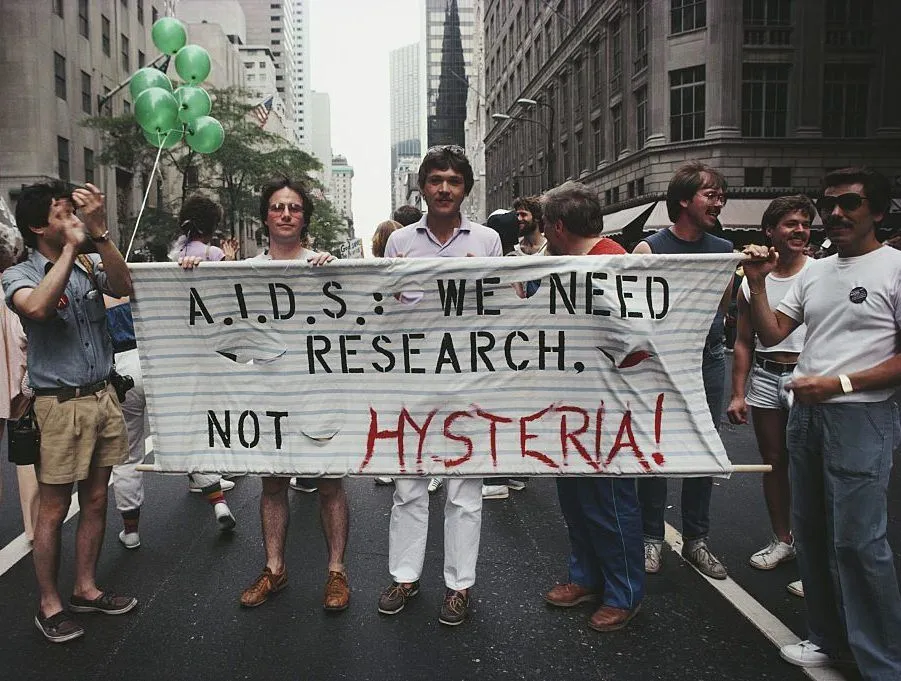 @To respond to monkeypox, health officials’ playbook informed by failures of the AIDS crisis/pbs.org
@To respond to monkeypox, health officials’ playbook informed by failures of the AIDS crisis/pbs.org
The pandemic has claimed over 36 million lives worldwide, transforming the landscape of public health and human rights. The HIV/AIDS crisis spurred global efforts to combat the epidemic, leading to groundbreaking advancements in antiretroviral therapy and prevention strategies.
As we navigate the challenges posed by the COVID-19 pandemic, it's crucial to draw lessons from history's darkest chapters. The epidemics discussed above serve as stark reminders of the unpredictable nature of infectious diseases and the importance of global solidarity in combating them. While the coronavirus may seem daunting in its scale and scope, humanity has weathered far deadlier storms in the past. By learning from the mistakes and triumphs of our ancestors, we can forge a path towards a healthier and more resilient future.